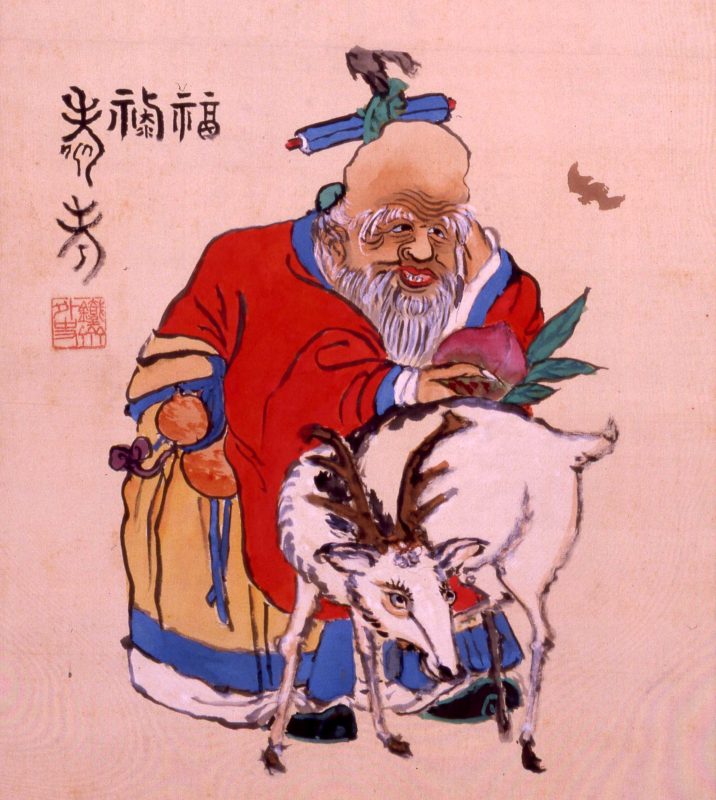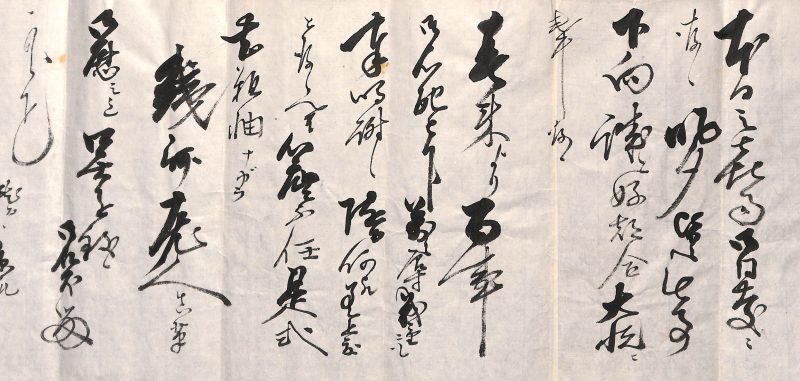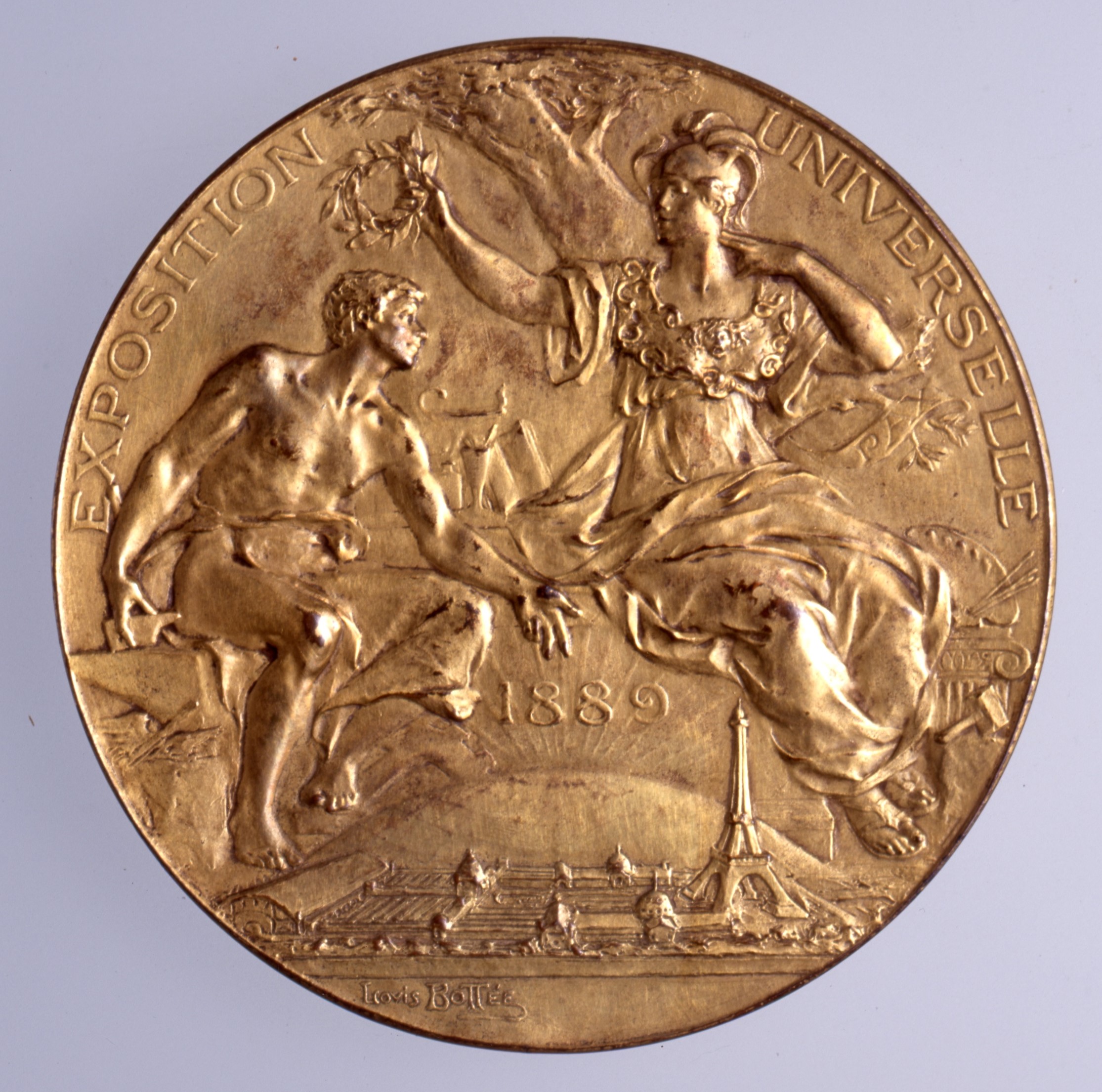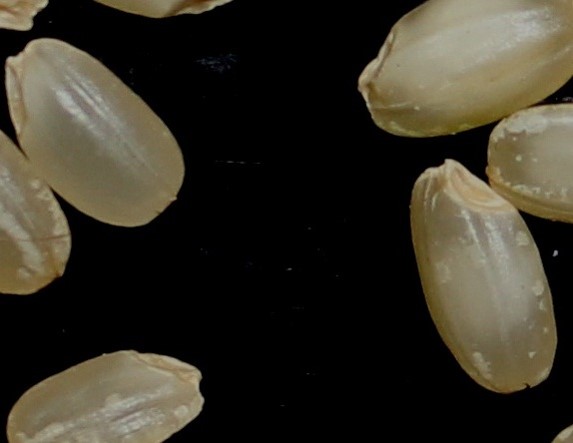Hello! October 1st is “Sake Day.” Let’s all toast today with sake. In Nishinomiya City, the annual event “Nishinomiya Sakagura Renaissance” will be held on October 5 and 6, so please take this opportunity to visit the Sake Museum. In this issue, in conjunction with the Sake Reference Room Summer-Fall Exhibition “Great Sake Brewers in Nishinomiya and Imazu”, we will introduce about Tatsuuma Etsuzō I.
Tatsuuma Etsuzō I moved out and started a branch family in 1862 and he was the founder of the present Hakutaka Co., Ltd. Various episodes have been passed down to us, showing that he was particular about the quality of sake. In this issue, we will introduce one of them, the establishment of the “village-rice” system and its relationship with him. The system is sake rice purchase agreements between sake rice farmers and sake brewers in Nada region.
The period from the end of the Edo period (1603-1868) to the Meiji period (1868-1912), when he was the head of the family, was a turbulent time with various institutional changes. And with the change in the taxation system from annual tribute using rice to money payment during the Edo period, it was difficult to obtain good sake rice in the early Meiji period. If sake brewers can’t obtain good sake rice, they also can’t produce high-quality sake. So, he concluded a sake rice purchase agreement with a farmer in Yoshikawa-mura, Minō-gun, Hyogo Prefecture (now Yoshikawa-cho, Miki City), which is famous for producing high-quality sake rice. Such contracts were beneficial to both, as sake breweries could secure good-quality raw material rice and farmers would no longer have to worry about where to sell their rice. Since then, many sake brewers in Nada region have entered similar contracts, thus establishing the original form of the “village-rice” system.
In this way, Tatsuuma Etsuzō I, who made numerous achievements in the sake brewing business, is well known for his interaction with the literary painter Tomioka Tessai. Tessai created a folding screen titled “Abe no Nakamaro in China Viewing the Moon; Priest Entsū at Wumen Temple in China ” (Important Cultural Property, owned by the Tatsuuma Collection of Fine Arts) at Etsuzo’s retirement residence in 1914.

-722x800.jpg)

Let’s see the letter from Tatsuuma Etsuzō to Tatsuuma Kichizaemon XIII to know the relationship between Etsuzō and Tomioka Tessai. From this letter, we can know that Etsuzō presented Tessai’s work to Kichizaemon. This work was treasured by the Tatsuuma-Honke Brewing, and when the head office building of the brewery was newly constructed in 1917, it was used as the design for the fukusa (silk wrapping cloth) distributed to the guests. At the request of the brewery, Tessai also produced a calligraphic work entitled “Jyu(Longevity, Celebration)” in red ink. The interaction between Etsuzō and Tessai could be said to have also brought the head family and Tessai together.
In this issue, we introduced about Tatsuuma Etsuzō I. We will introduce about Tatsuma Kijūrō in our next issue and look forward to seeing you again next month.







The way to Paris is so far.